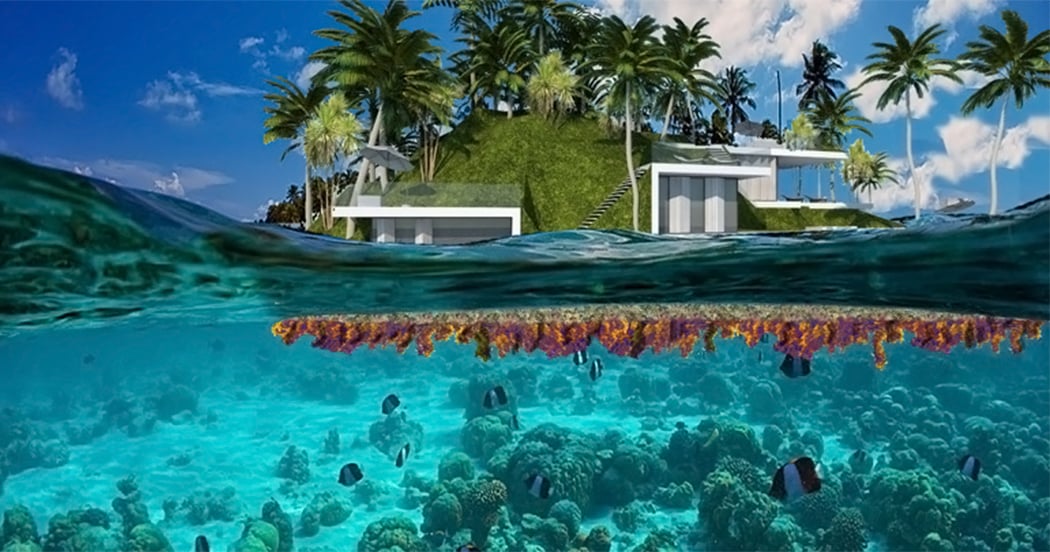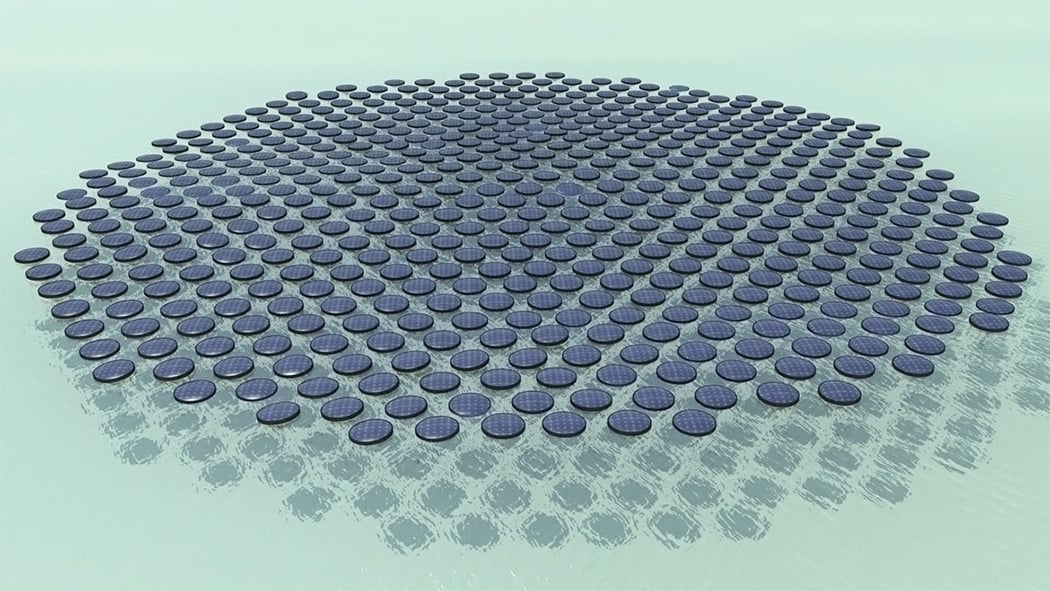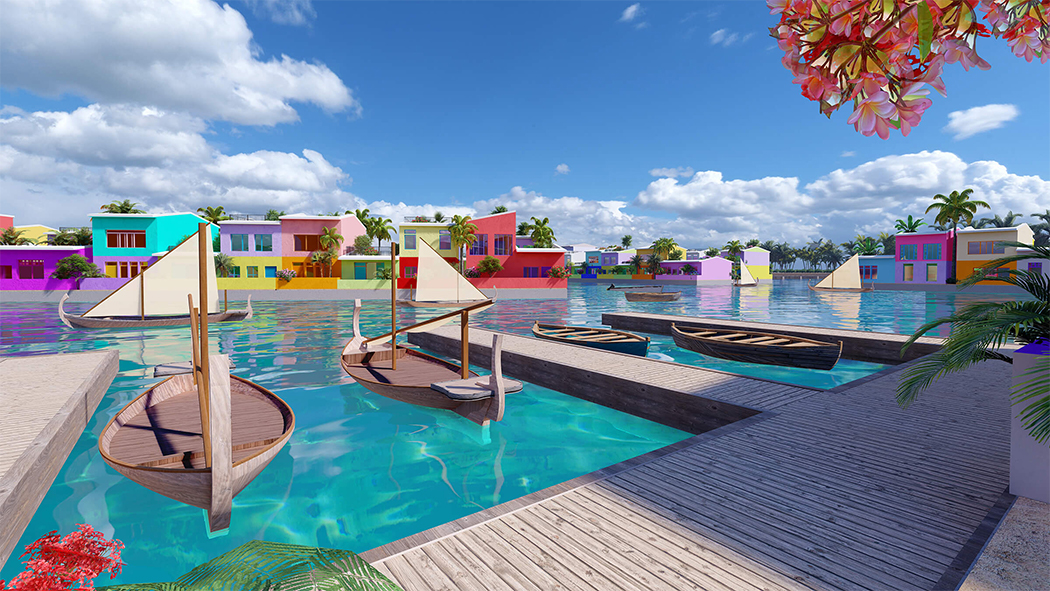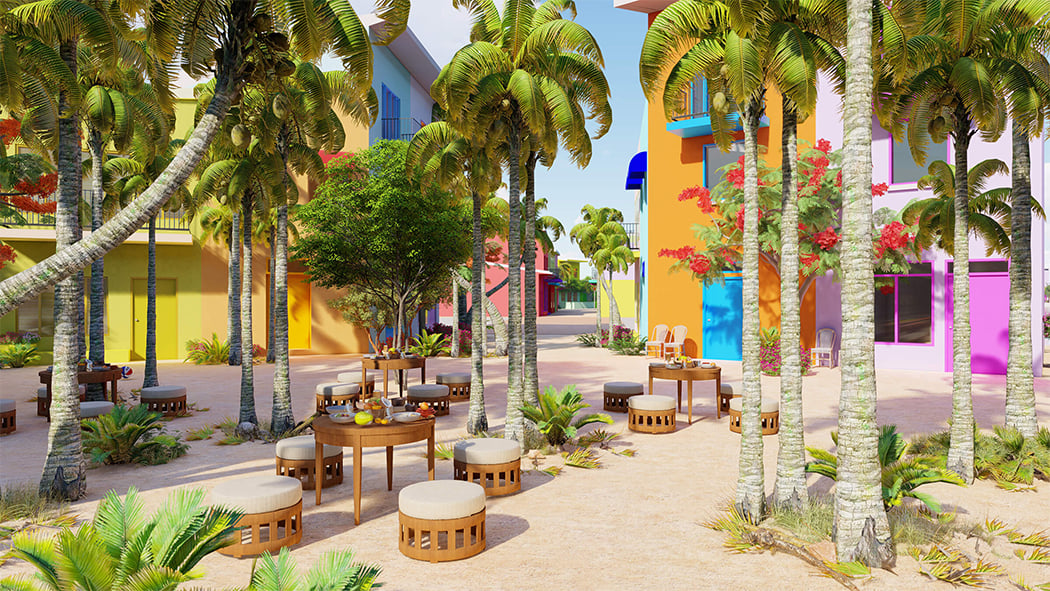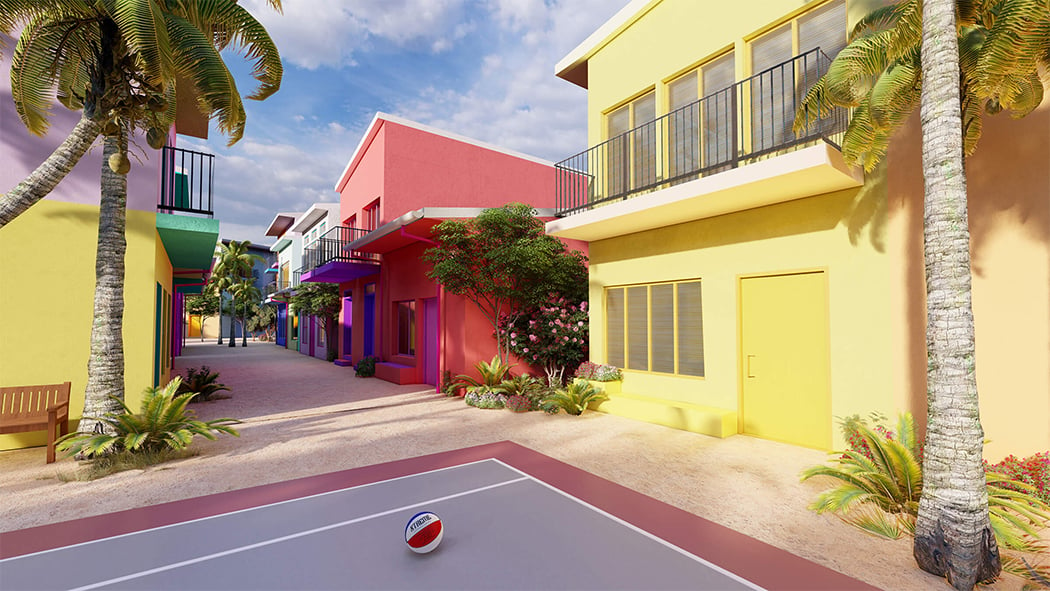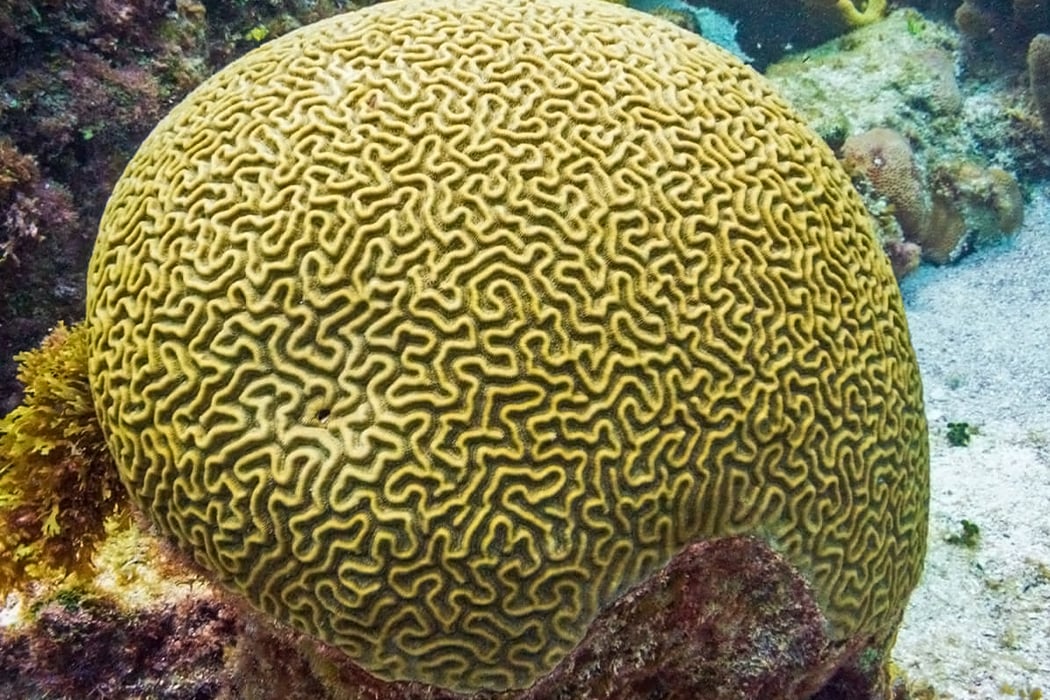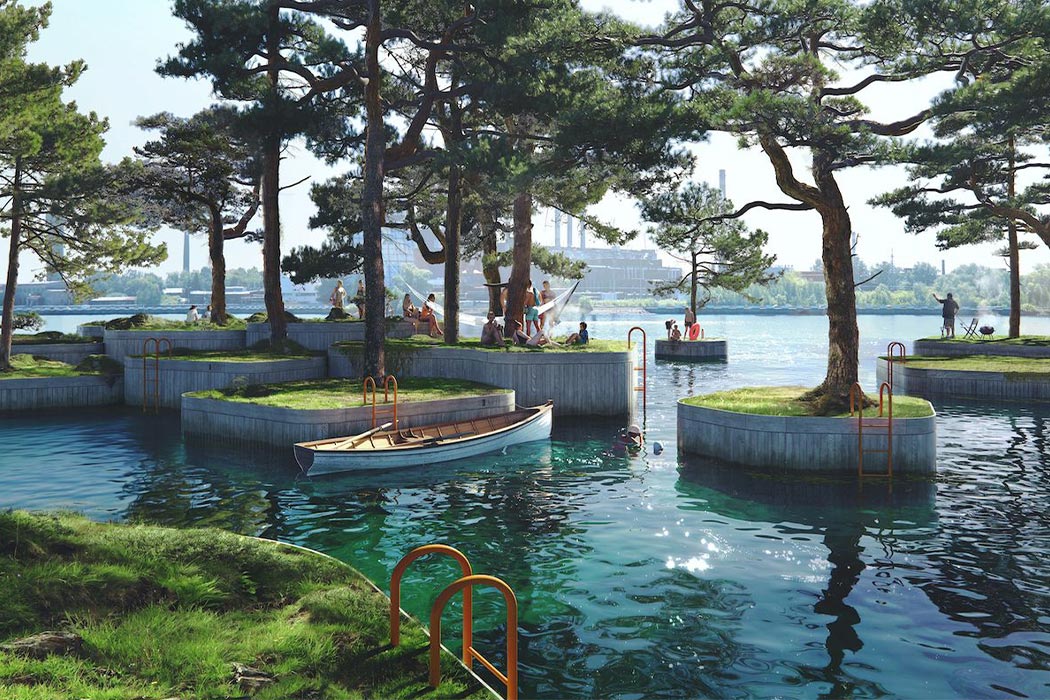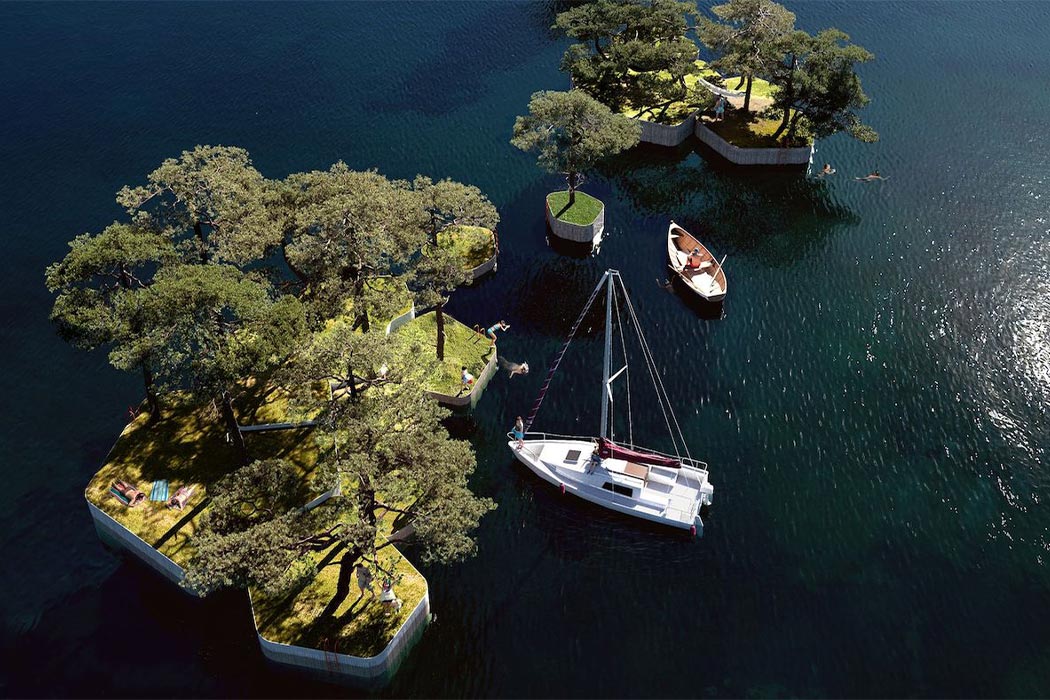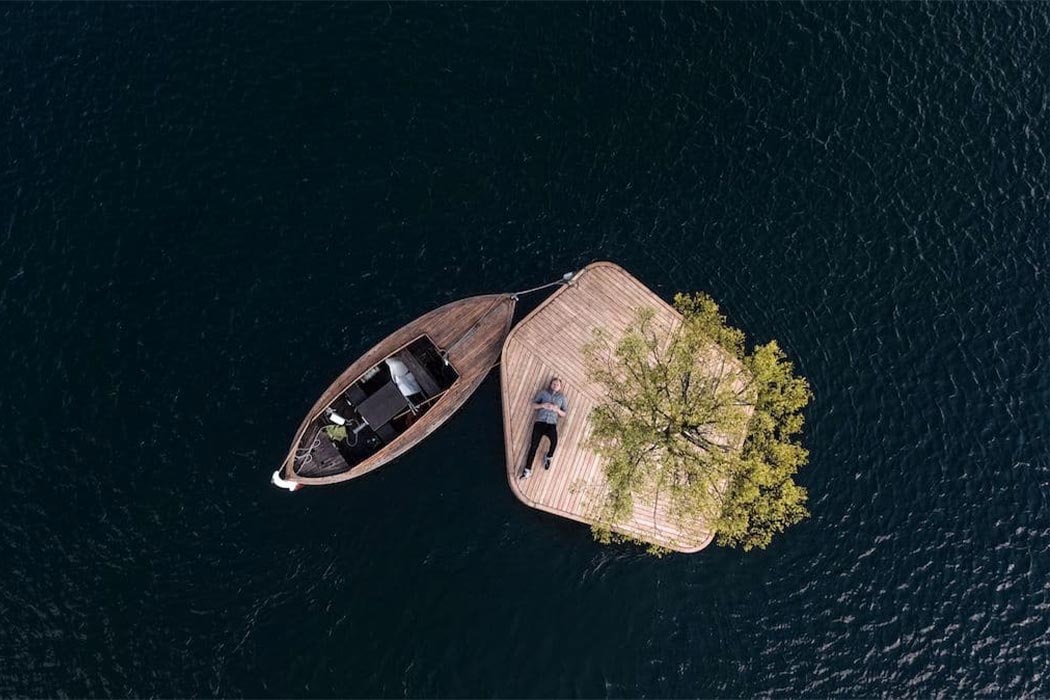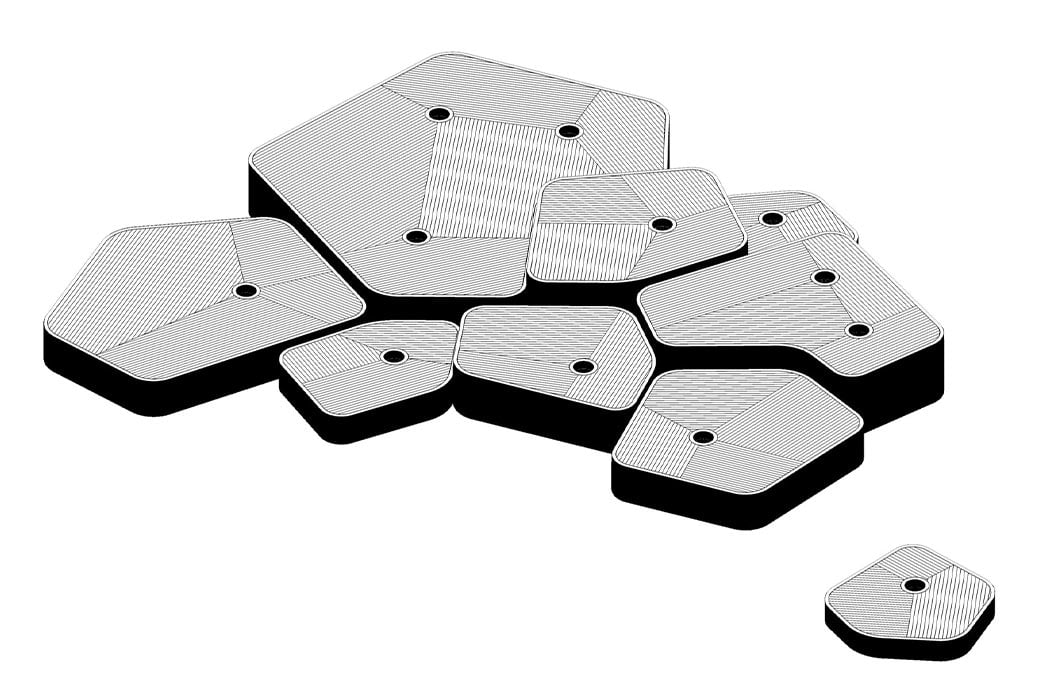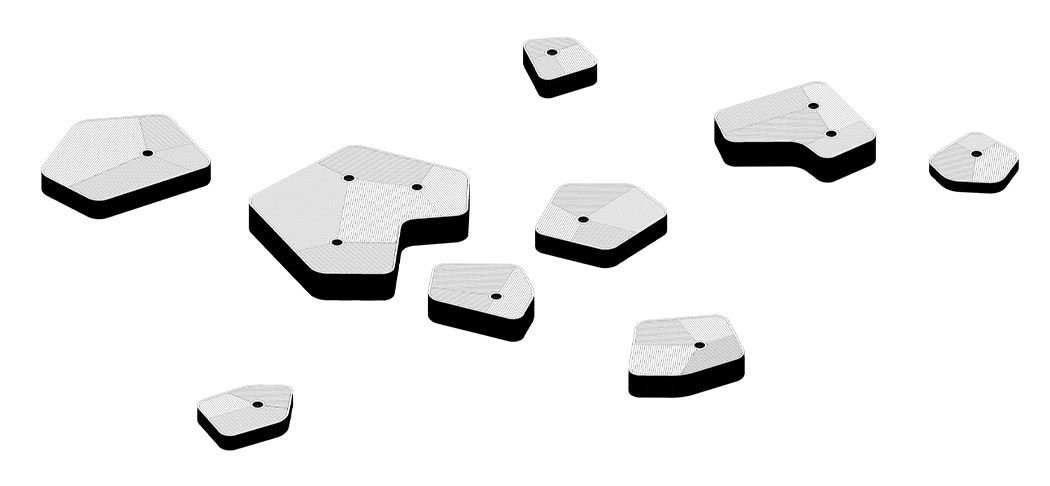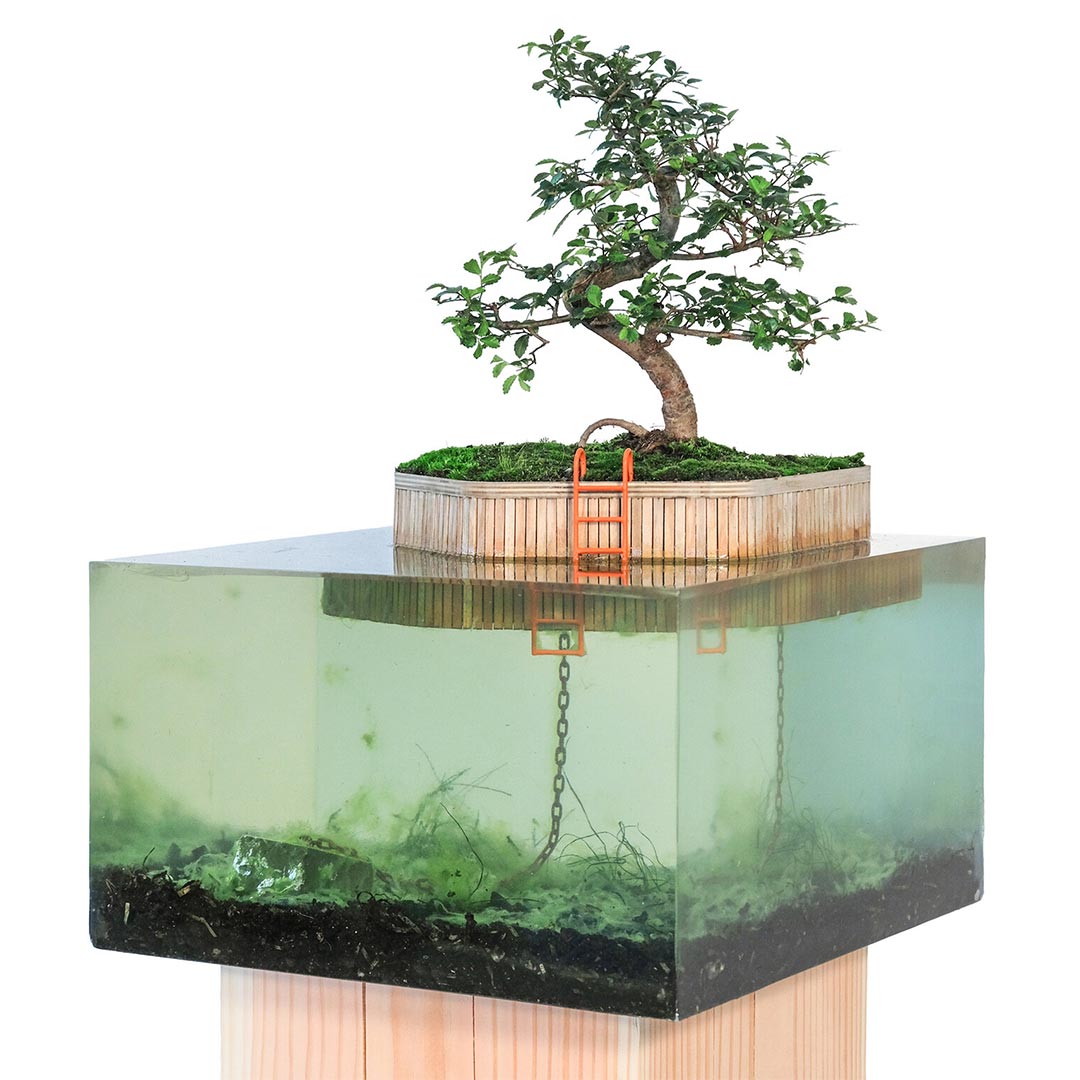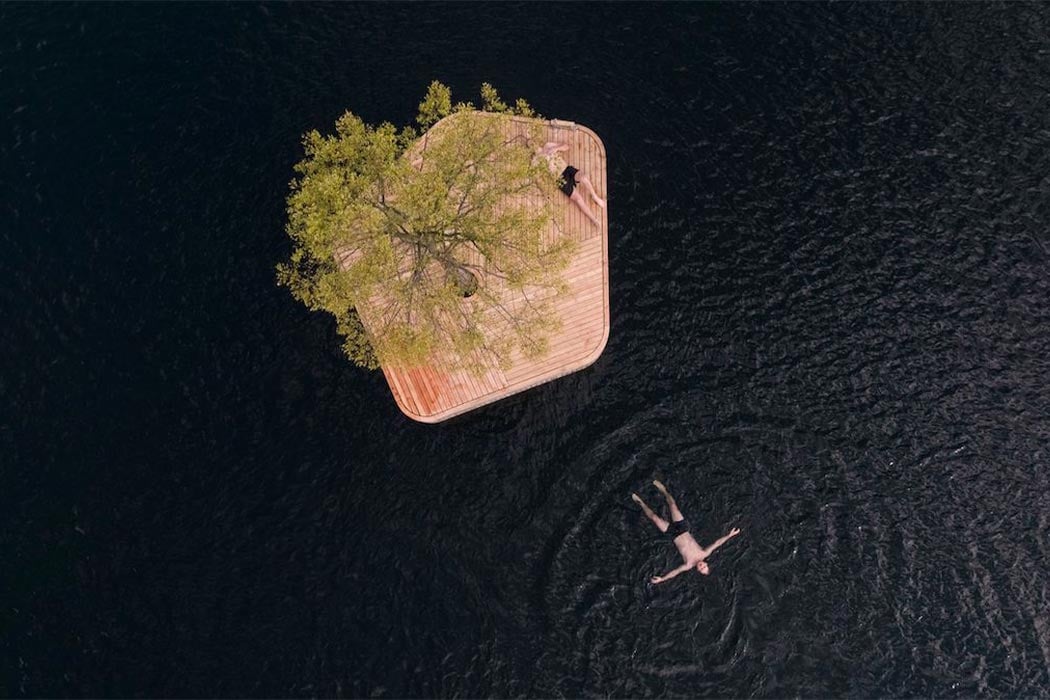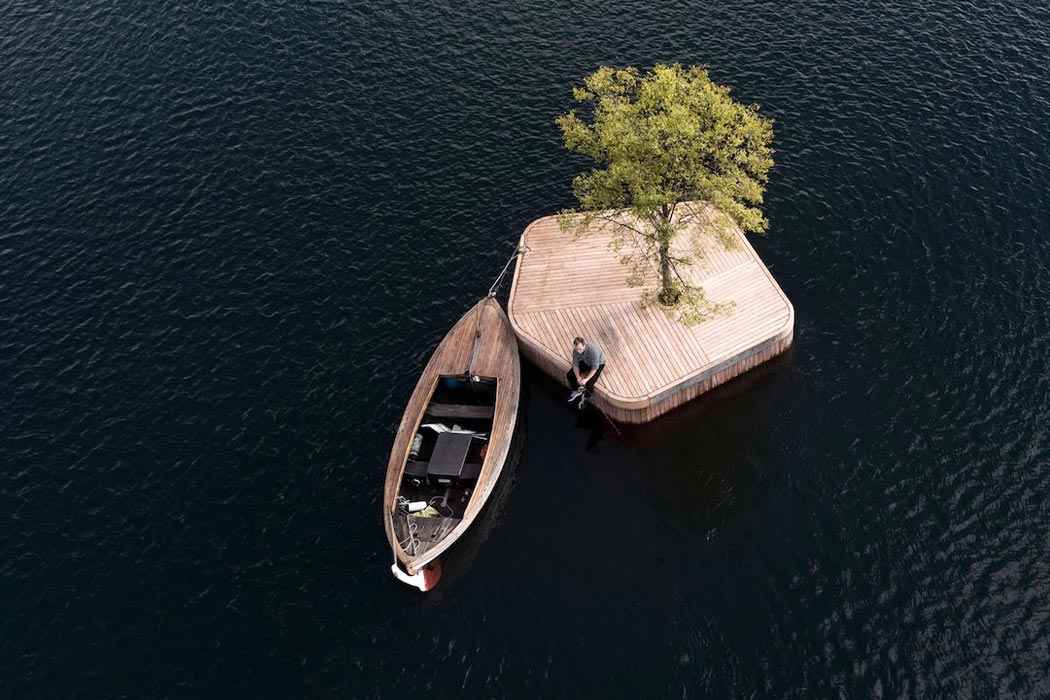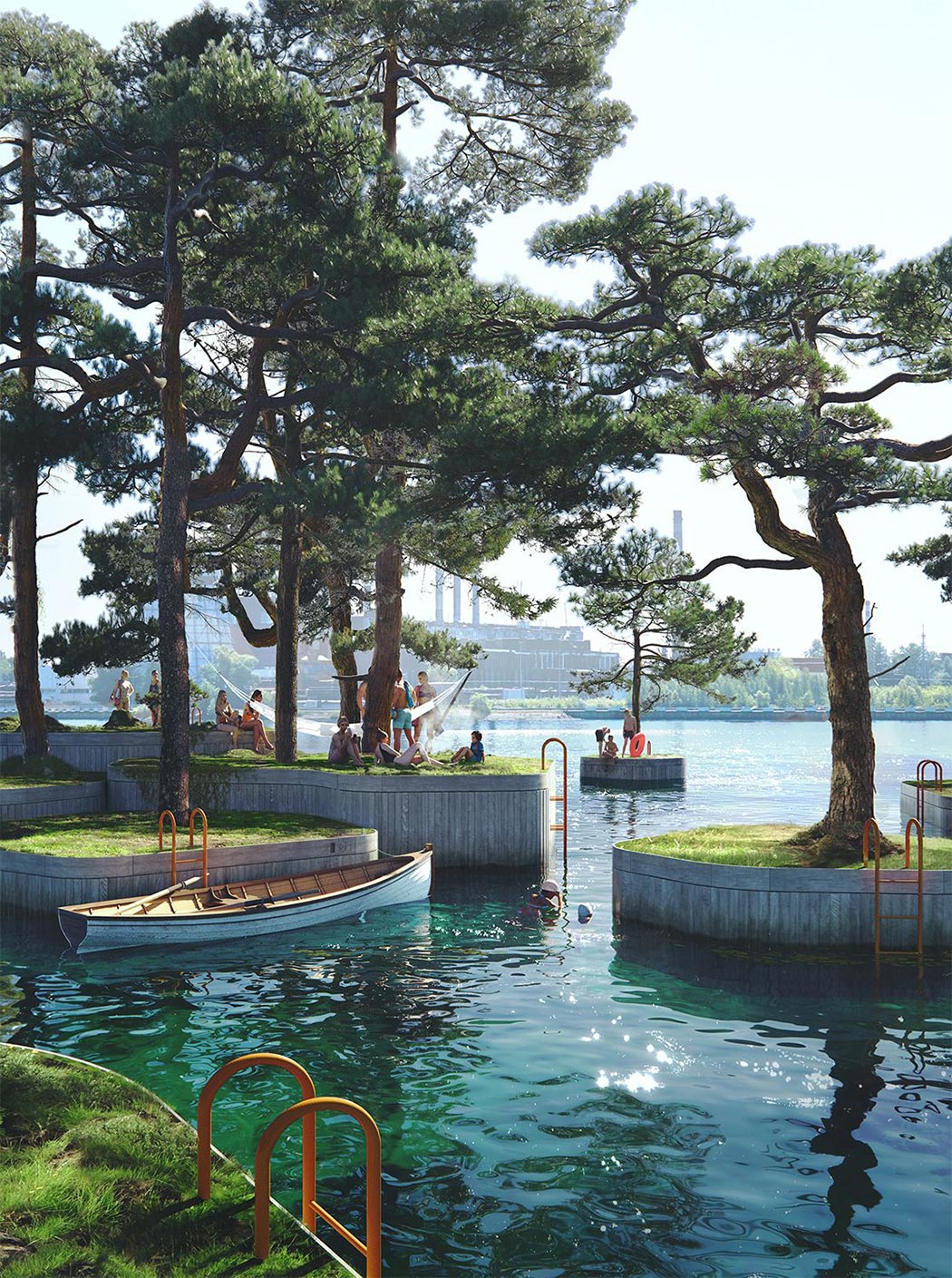
Some people probably dream of living in a self-sustainable eco-system near the ocean where they can swim whenever they want or just marvel at the work of nature. But have you ever thought of actually living in the middle of the ocean and not on a boat? Or have you imagined yourself living within the infamous Great Pacific garbage patch, surrounded by all the plastic and debris that has been floating around that area for decades? Probably that last one is not something you dream of but it can be a reality in the near future.
Designer: Estudio Focaccia Prieto

Polimeropolis is a project conceptualized to create urbanized self-contained cities in the middle of the Garbage Patch. While that doesn’t sound so appealing, the idea is to be able to create habitable spaces and use recyclable trash and other sustainable means to power the cities and create renewable systems within them. The visualization shows several of these habitable rings in the North Pacific Ocean, looking like cities that we see in sci-fi and dystopian movies and books, enclosed in an oceanic lagoon that is currently just swimming in garbage.

The floating cities will be constructed using recycled plastic residue that has been polluting the ocean for years now. Instead of just lying around there and creating havoc on the ecosystem, they will be crushed and compacted into situ and then recreated into an entirely new construction ecosystem. Each island will be a mixed-use urban city that can house up to four thousand residents. Eventually, they will also be able to add things like airports, resorts, parks, and other recreational and eco-tourism spaces.

Polimeropolis is also designed to be self-sustaining. They will use tidal movement to generate electricity, reverse osmosis to create drinkable water, flora and fauna cultivation for food production, creating basically what can be called a circular economy. The idea for this project, while seemingly fantastic for now, is to get people thinking of how we “produce, consume, and dispose of things”. Hopefully, we’ll get more details if the project does get developed over the next few years or decades.


The post Self-sustaining island cities in the middle of the Great Pacific garbage patch are designed to clean the ocean first appeared on Yanko Design.
